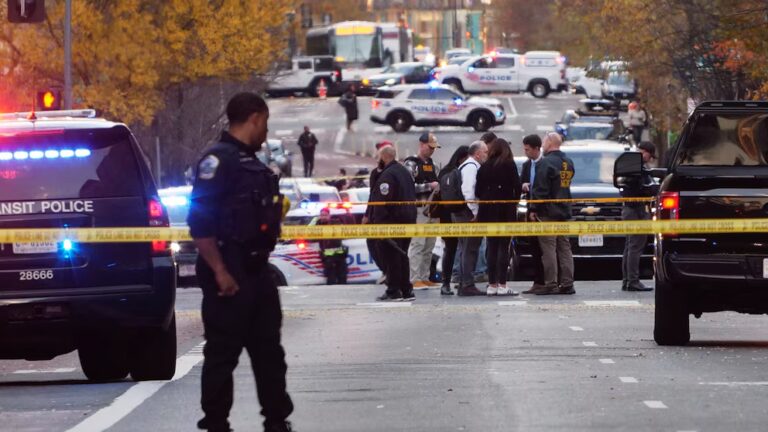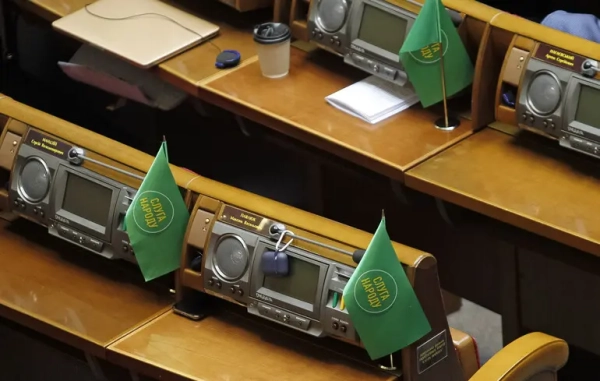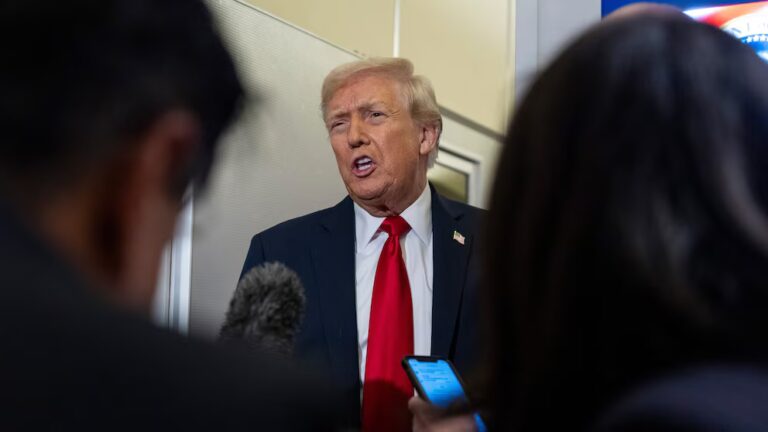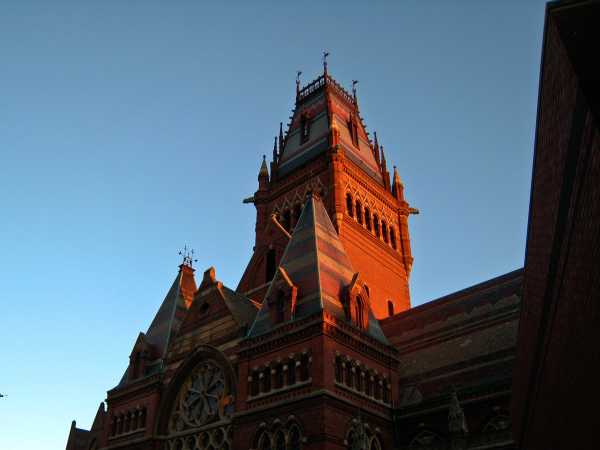
America’s best universities — the Ivies as well as selective state colleges — have made a concerted effort to diversify their student bodies in recent years. In particular, they’ve opened the doors to more low-income students.
On the surface, that’s a good thing. More poor students in top universities means more opportunities for Americans to climb the social ladder. But a new book by Harvard professor Anthony Abraham Jack, called The Privileged Poor, argues that the recruiting tactics of these colleges are leaving a lot of people behind.
According to Jack, the culture on elite campuses is shaped by wealth and privilege, and most of the students who attend these school are prepared for it before they arrive. They attend prep schools or expensive boarding schools and they have a clear sense of how to navigate the environment.
The “privileged poor,” as Jack calls them, are the students who come from low-income neighborhoods but earn a scholarship into one of those prestigious prep schools that serves as a pipeline to the Ivy League. Of the anonymized universities Jack studied, 50 percent of the low-income students were among the “privileged poor.”
And that’s the problem: Jack estimates that roughly 20 percent of poor kids are able to attend an elite private school. A fraction of those students are people of color. So on paper, universities are opening the doors to more low-income students, but the reality is that these schools are “hedging their bets,” in Jack’s words, in ways that undercut the whole point of diversification: to increase social mobility for more people.
In addition to that, for those low-income students who do make it into a Harvard or a Yale and weren’t able to addend a private school (Jack calls these students the “doubly disadvantaged”), they’re propelled into a completely foreign environment that creates all sorts of barriers to academic success.
I spoke to Jack about the consequences of these diversification policies and what universities can do to truly level the playing field for students. A lightly edited transcript of our conversation follows.
Sean Illing
The phrase “privileged poor” will strike a lot of readers as oxymoronic. What do you mean by this?
Anthony Abraham Jack
The privileged poor is my attempt to get people to question what they take for granted, especially about class and culture in higher education. The privileged poor are lower-income students who were lucky enough to attend boarding schools or preparatory high schools before coming to college.
When we think about poor students, we think about those who come from poor neighborhoods and poor high schools, and the idea is that they experience culture shock and alienation when they get to an elite college.
Part of this is because of the reality of being poor in America. But there’s also a fascination with telling a poverty-stricken sob story about a person or people in a place. But we forget about those individuals who get scholarships to these prep schools at an early age and then transition to college.
Sean Illing
What’s the cost of forgetting this part of the story? Why does it matter?
Anthony Abraham Jack
It’s crucial because it tells us how these universities are pursuing diversity and who’s actually being left behind. My research shows that half of the lower-income black students and one-third of the lower-income Latinx students at elite colleges actually graduate from boarding, day, and preparatory high schools.
So these people may be economically disadvantaged, but they’ve had the social, cultural, and academic experiences of the top 1 percent. They went to school with the children of millionaires and billionaires. They studied abroad in high school. They had access to amazing resources. They were taught more often by PhDs than their lower-income peers from their neighborhoods.
Sean Illing
If selective colleges are recruiting the majority of their students from these private preparatory schools, where they already recruit anyway, then that means the overwhelming majority of low-income students are getting left behind since only a fraction of them are lucky enough to get into one of these prep schools.
Anthony Abraham Jack
Exactly. My question has always been where are you getting your low-income students from? Because if you look at it by their home zip code, then yeah, these schools are admitting way more poor students.
But then we have to ask which high schools did they attend? Did they go to their local school or were they one of the few to get into a prep school? And if the majority are in the latter category, then these colleges are really hedging their bets by going to the most prestigious high schools and finding poor students who they consider “safer” because of the social and cultural experience they’ve received.
Colleges and universities have had a long tradition of getting their lower-income students from the same places as their top-income students. And it’s not necessarily that these colleges are doing something wrong, it’s just that we focus so much on the demographic group and that tells us this story that we’re doing the best job we can to open up these colleges to poor people when the reality is much more complicated.
Sean Illing
So what happens to the non-privileged poor? What becomes of them in this system?
Anthony Abraham Jack
You get straight to the point. So how many students in the country go to private school? A tiny fraction. Let’s just say 20 percent. And how many of those students are poor and black? A fraction of a fraction. Yet the privileged poor represent 50 percent of the lower-income black students at elite colleges. That shows you just how much these schools are hedging their bets.
So what happens to the non-privileged poor, who I call the “doubly disadvantaged” in the book? These students are economically poor but also go to local, typically distressed public high schools, and they’re getting left behind.
This is a moral question for me. Why do we have to send students to private schools to give them a shot at real mobility? The doubly disadvantaged far outnumber the privileged poor, and the way these college are recruiting low-income students is helping to obscure this fact.
And for those doubly disadvantaged poor students who somehow find their way into elite colleges, we know that they have a difficult time making sense of their experience and navigating what I call the “hidden curriculum.”
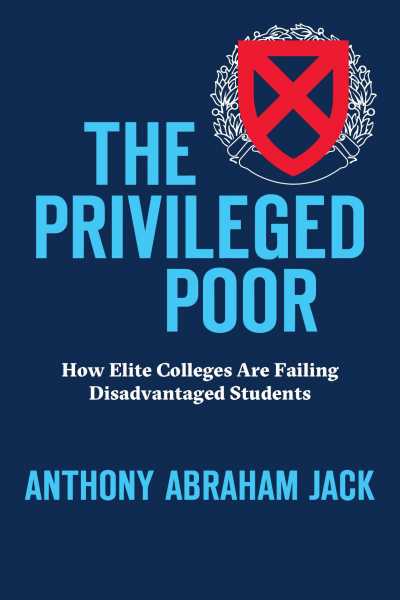
Sean Illing
Tell me about this “hidden curriculum” and how the experience of a prestigious prep school prepares poor students for the university experience.
Anthony Abraham Jack
In the book, I focus on three moments of contact: peers, professors, and policy. When you get on campus, the first people who you usually meet are your peers. The second are your professors, and then you have to interact with school policies. The privileged poor are more prepared to deal with the social interaction they have with their peers and are more prepared to navigate the social side of academic life.
To give you some concrete examples, the privileged poor know that summer can be both a noun and a verb. They’ve been conditioned to be around rich people for the last four years of their life. They know about the vacation spots, the second homes, the private jets, the private islands. They sometimes have been on those private jets and private islands.
The privileged poor have studied abroad in high school so that when some people say, “Here’s my picture when Notre Dame was on fire,” the privileged poor can say, “Oh my God, I was there my senior or my junior spring.” They can feel comfortable. They’re not ostracized by wealth or privilege or whiteness, and given that the demographics of the schools are predominantly white and predominantly wealthy, they are prepared for that.
In other words, they’re oriented to how power and privilege works before coming to college.
Sean Illing
Let’s say you’re a bright kid from a low-income family who went to an average high school and you somehow find your way into a Harvard or a Princeton, what happens when you arrive on campus? How are you reminded of your background? How are you stigmatized?
Anthony Abraham Jack
Culture shock from day one. Most of the students I interviewed for this book describe feeling isolated, different, uncomfortable talking about their families around their peers. Many of them have never been around so much wealth, and they’ve never been to school with the kind of people they encounter on campus.
One of my students told me, “I couldn’t breath here.” The gap between what he knew and what he was now experiencing was so wide that it was totally disorienting and made it difficult to focus on the academics. He wasn’t even used to seeing middle-class Latinos, let alone wealthy Latinos.
Part of the shock was learning that skinfolk ain’t always kinfolk, and that itself was a jarring education. He thought seeing another brown face would be a saving grace, at least a feeling of being home, but the wealth and culture gap meant that he couldn’t connect with anyone, including his own roommate. There was just nothing to talk about, no common reference point.
And there are all sorts of experiences that bring all these tensions to the fore, like going out for meals or accepting invitations to social events that aren’t free or even assumptions about what counts as expensive and what doesn’t. If you’re among the doubly disadvantaged, you’re basically confronted with an entirely alien world.
Sean Illing
But it’s not just the culture gap, right? There are practical disadvantages that create real barriers to academic success.
Anthony Abraham Jack
Right, and this is a big part of the book. When I think about mobility, who feels comfortable interacting with faculty is incredibly important to me. There’s a hidden curriculum and the hidden curriculum is the unsaid rules and unsaid expectations that permeate higher education. Professors throw around classed terms like “office hours,” but when they say office hours, they almost always say when they are. They almost never say what they are. Unless you have been on a college campus or have had that kind of educational experience, you’ve never even heard the term “office hours.”
The privileged poor are accustomed to office hours, the term and the activity. They’re used to having one-on-one conversations with faculty in their offices and in their rooms and small classes. They’re used to having more personal, emotionally laden relationships with faculty. The doubly disadvantaged come into college thinking that their advancement should be about the work, right? They are very meritocratic.
They don’t believe that they should be brown-nosing or kissing ass when it comes to trying to get an internship. They assume if they get an A, everything else will fall into place. But we all know that it’s not just what you know or who you know. It’s who knows you and how well they do. The non-privileged poor don’t know that in the same way and they feel uneasy getting ahead by being more social.
But rich people don’t give a damn. This is just how the game is played. They’re accustomed to engaging with adults and they know how to build and take advantage of networks. And when it comes to getting a fellowship or an internship or good letters of recommendations, these skills are crucial.
It’s even valuable for your grades. One study showed that each visit to office hours increased your overall performance in a course by 1.25 percent. But this remains unsaid. There’s no manuals of dos or don’ts or whens or hows. And so the doubly disadvantaged, when they encounter that social side of academic life, they struggle to adapt.
Sean Illing
The disparities you identity are so multidimensional and deep that it’s hard to see how we could ever overturn them. Wealthy children have so many comparative advantages over the “doubly disadvantaged” in terms of resources and attention and options, and those advantages begin to compound the minute they’re born.
How do we come close to leveling the playing field?
Anthony Abraham Jack
There are things that universities can do to begin to address the more systemic and structural inequalities. If we take an affirmative step and define office hours, for instance, we lower the barrier to entry to the resources that the university can have.
If we can begin to question what we take for granted about what students know, we can lower the barrier to entry. And my work has done that with mental health services and career services, because what those institutions have done with my research is they no longer wait for students to come to them. They’ve adopted strategies to go and help and go out and reach students where they are.
We have to think carefully about university policies that are reproducing the inequalities that exist in the broader society, and how universities push poor students to the margins. This is one of the reasons I write about food insecurity. Ten percent of my students experienced homelessness before coming to college. A little bit more than that experienced food insecurity routinely before coming to college. The fact that we think that those problems stop once they get to the college gates is wrong.
And these problems are happening at the top universities in the country, at multibillion dollar institutions. What do we think is happening in our high schools and our middle schools and our elementary schools? I’m showing that even the most advantaged poor students are still facing these problems, and it’s far worse for non-advantaged poor students.
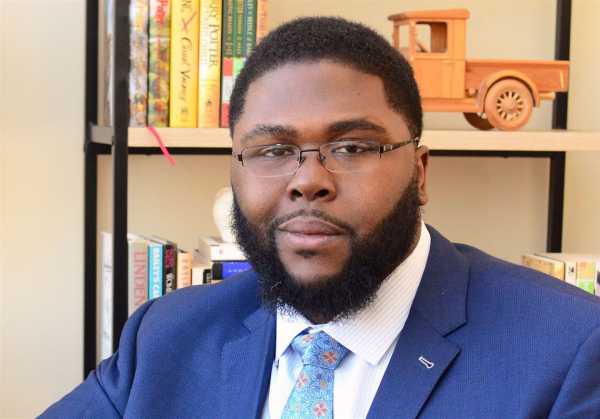
Sourse: vox.com
